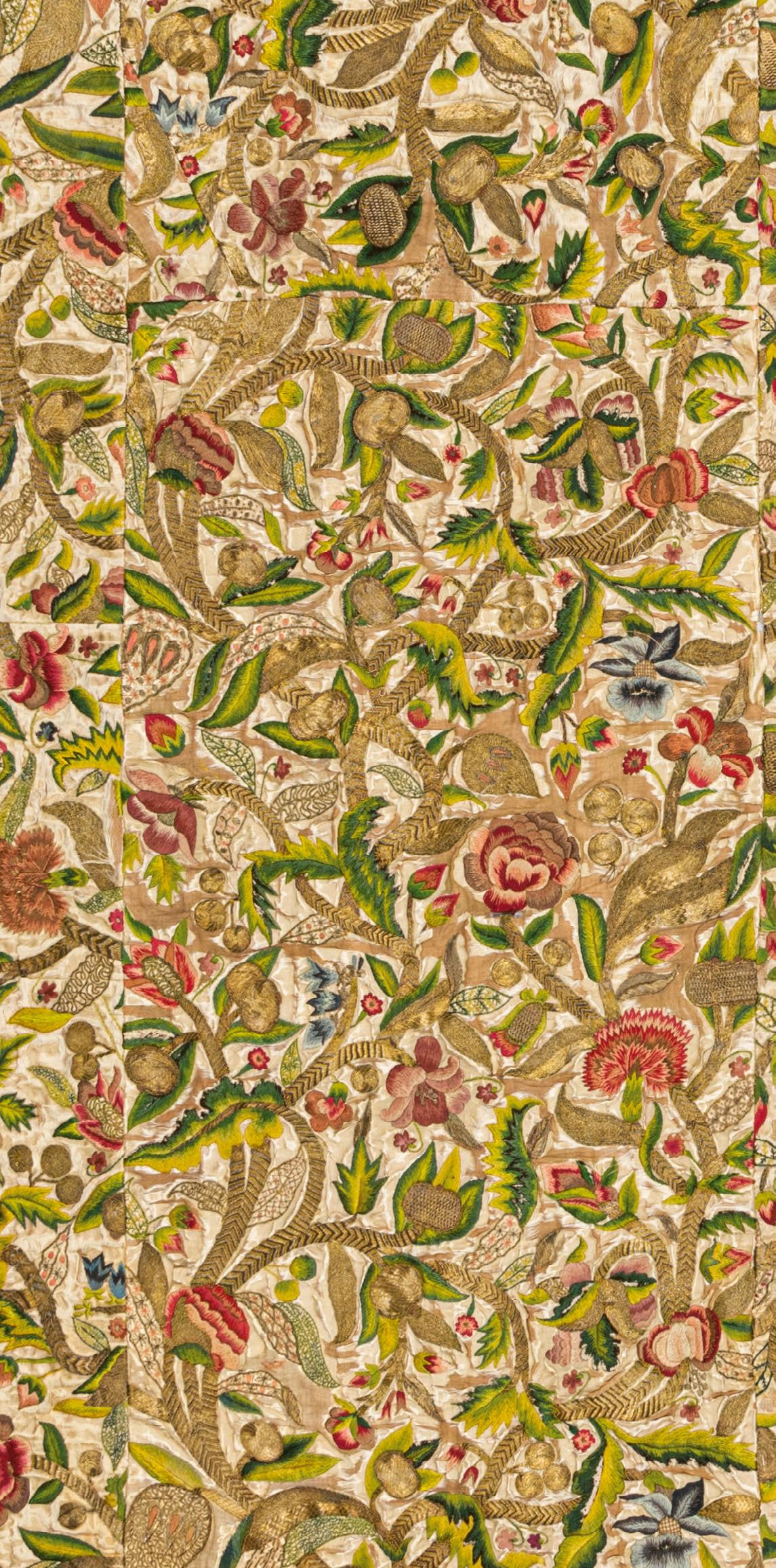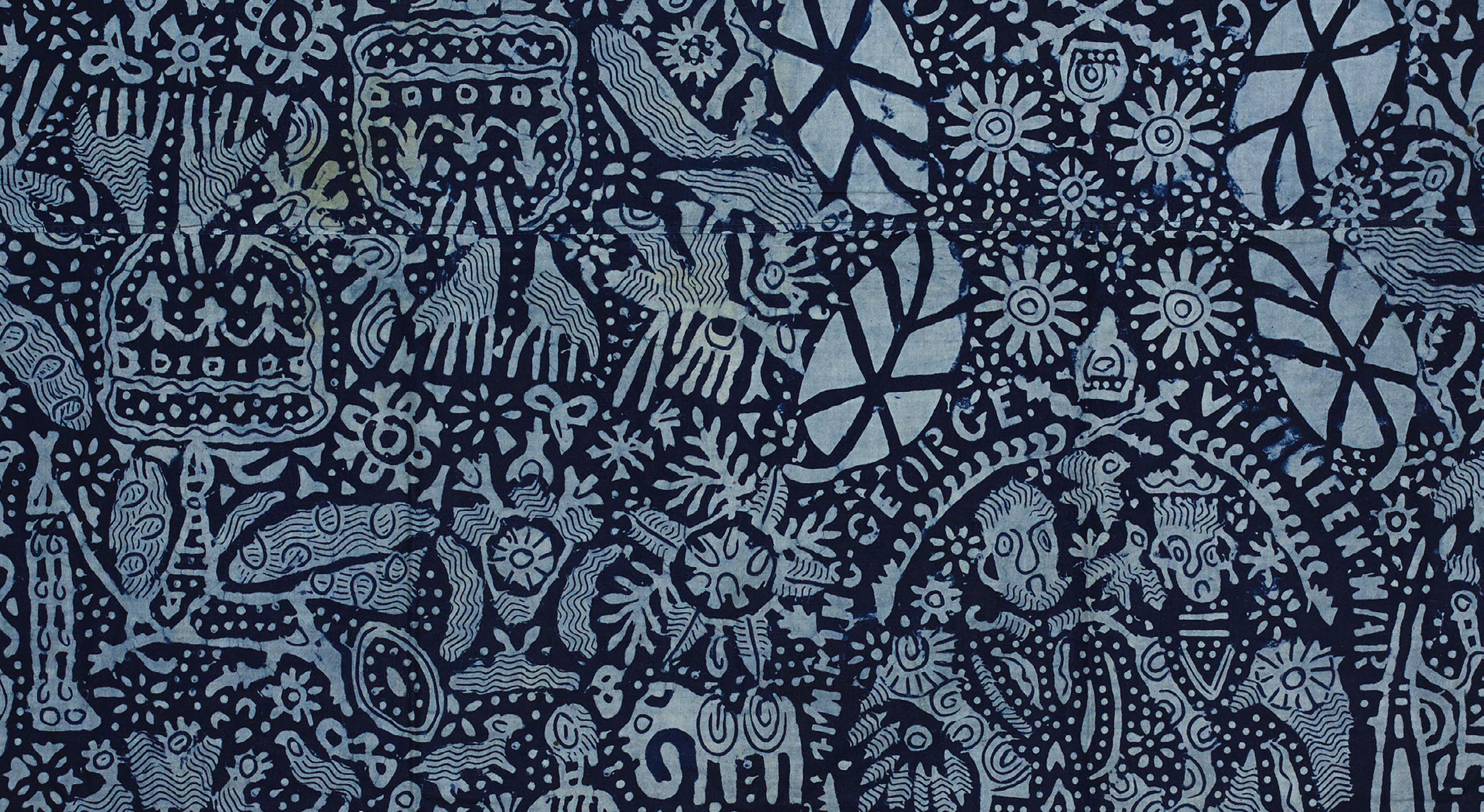
Stephen Ellcock’s


Stephen Ellcock’s
The Karun Thakar Collection

An inspiring journey through the enigmatic world of pattern and cloth



by Stephen Ellcock and Karun Thakar 6
A shared experience of collecting images and objects, and the genesis of the Book of Textiles and the Karun Thakar Collection

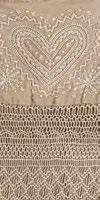
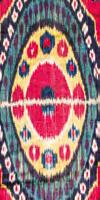
Chapter 3
Identity; Community; Status; Minority; Society; Class; Court; Robes of honour; Wealth; Hats
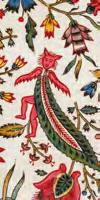
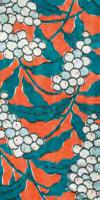
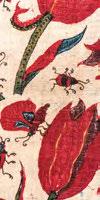
Chapter 1
Plants; Flowers; Gardens; Trees, Fruits; Bushes; Superabundance; Animals; Insects; Birds
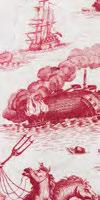

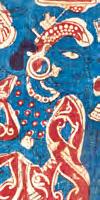
Chapter 2
Human activity; Rites of passage; Birth; Romance; Marriage; Death; Mortality; Colonialism; War; Celebrations; Leisure; Education; Storytelling; Expressions of life; Deceit; Everyday objects; Covers; Bags; Recycling
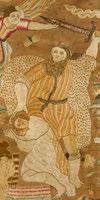

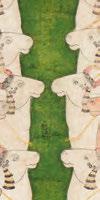
Chapter 4
Faith; Celebrations; Prayer; Enlightenment; Protection; Pilgrimage; Ceremonial; Devotion

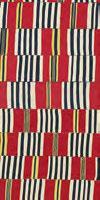

Chapter 5
Form; Function; Structure; Geometry; Colour; Maximalism; Grid; Monochrome; Polychrome; Composition; Meaning; Mark making; Modernism; Colour field; Circles; Abstract
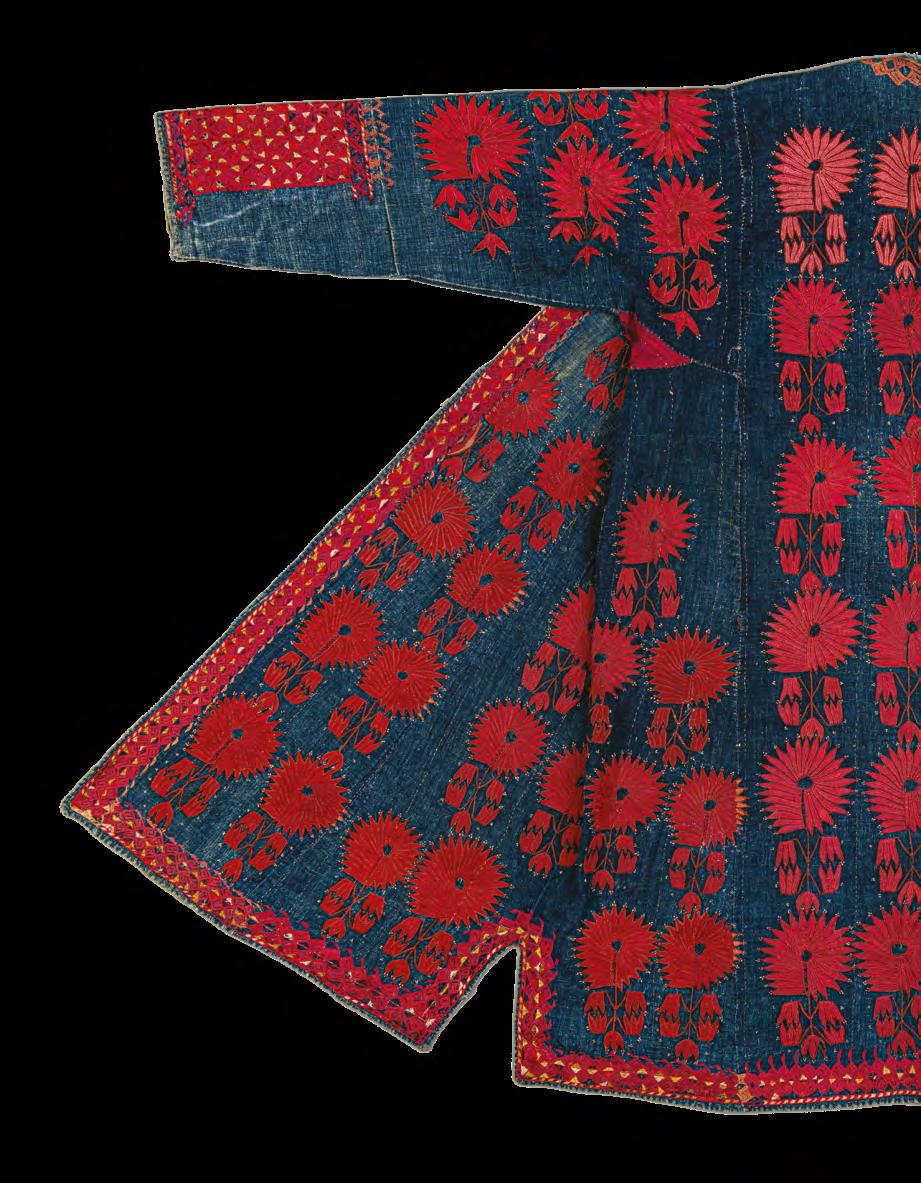
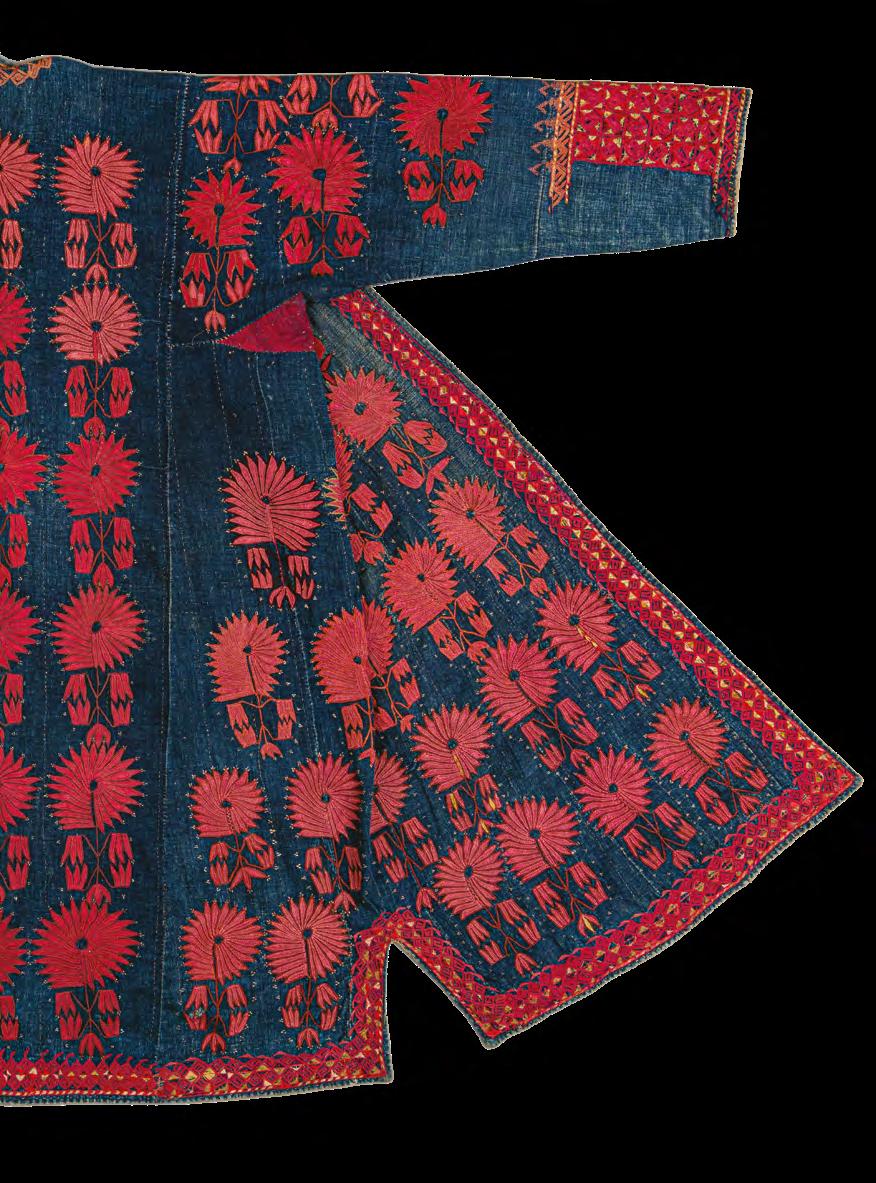

Tekke Turkmen asmalyk or wedding trapping, Central Asia, early 19th century. The flowers may represent new life and family and are embroidered in silk on a cream woven wool ground. Made in pairs by a bride to decorate the wedding litter on a camel, this type of textile is a vision of beauty and fecundity
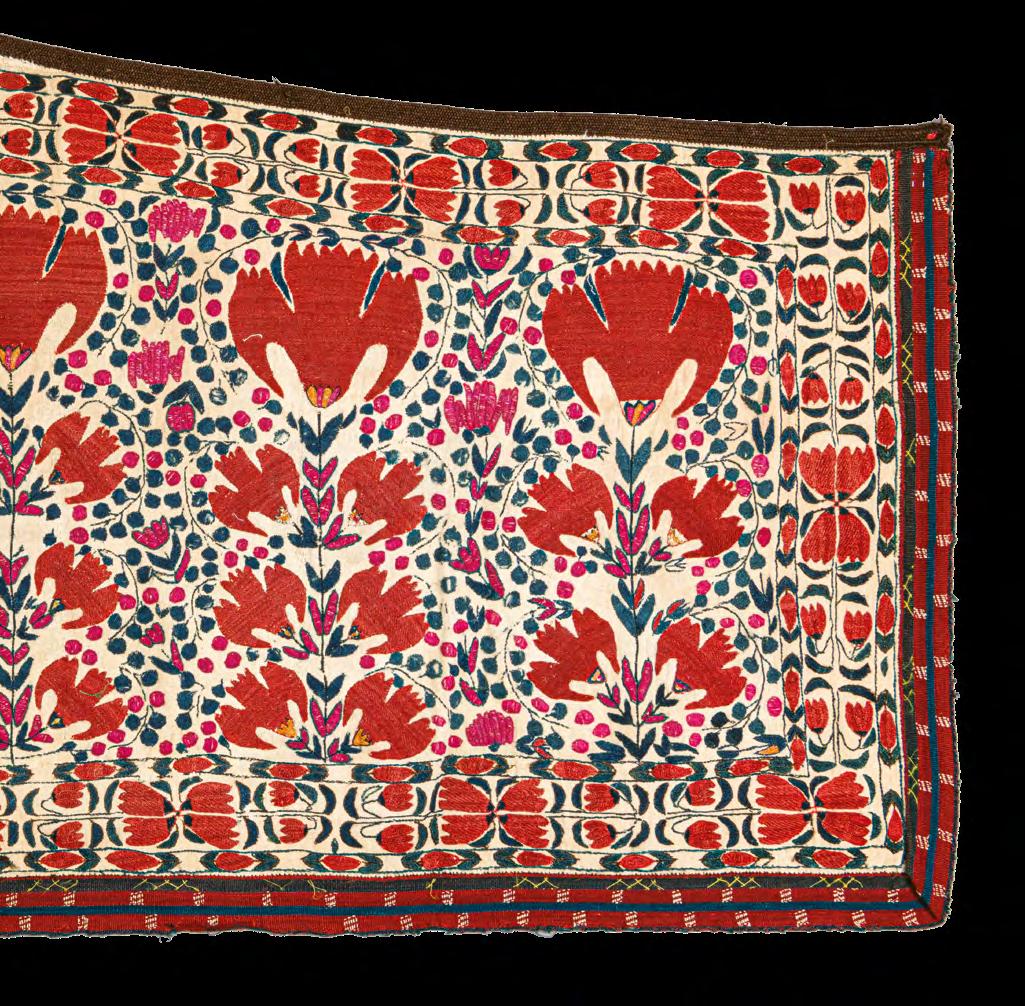
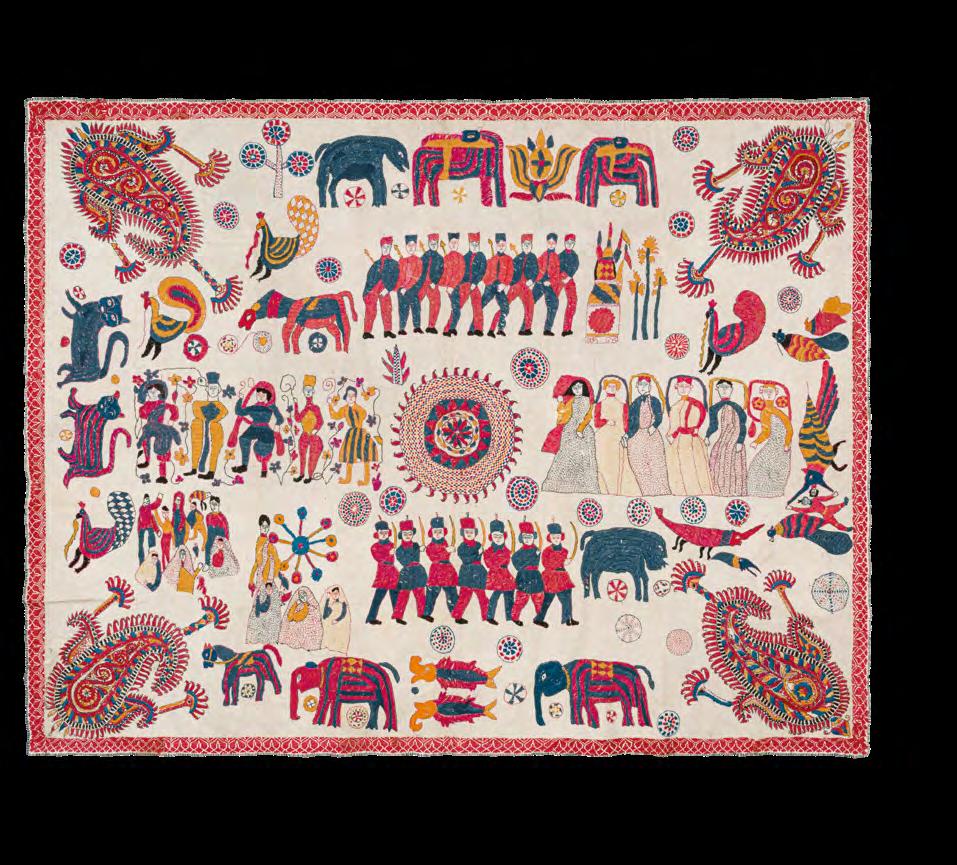
“Fine art is that in which the hand, the head, and the heart of man go together.”
The Two Paths, John Ruskin (1859) Human activity Celebrations Kantha, undivided Bengal, 20th century. In this embroidered cover, a family is celebrating a wedding. We also see companies of soldiers and stylised flora and fauna, as well as images taken from religious texts, such as the Makara, a mythological sea creature, devouring a man
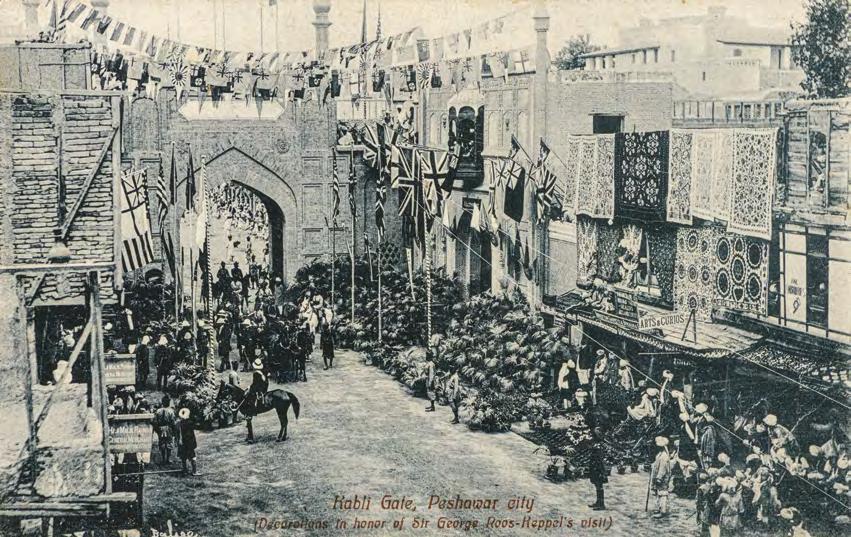
Postcard
The textile industry has always been grounded in human interaction. Its trade has long spread across the globe, with cultural exchange facilitating the furnishing of homes, the clothing of labourers, the signifying of social rank and much else. Through such global reach was cultivated a trade of exploitation, in which empires of cotton enslaved labourers while generating such wealth that entire cities came into being.
Kris Manajpra's concept of colonialism as a mat, or ‘interlocking weave’ of connection, is useful in understanding the complex nature of the textile trade in the imperial world. As a tool of control, the industry aided colonial dynamics – for example, in England's exclusion of Ireland from the wool trade in 1699. Textiles could
equally be employed as symbols of resistance, as in the Asafo flags, part of the regalia of the Fante people of Ghana. Today, cloth is still employed in protest, as banners or slogan T-shirts, as well as in celebrations and to decorate rites of passage.
The social dynamics inherent in textile history are evident in gendered associations; needlecraft has always been considered a female pastime, for example. This has bled into the language we use: ‘distaff’ means both the staff used in spinning wool or flax, and work associated with women. Similarly, we speak of the ‘spindle side’ versus the ‘spear side’ of the family, and the term ‘spinster’ is still used to refer to an unmarried woman. Textiles both reflect and shape human society; as a historical resource, therefore, they provide valuable insight into our past.
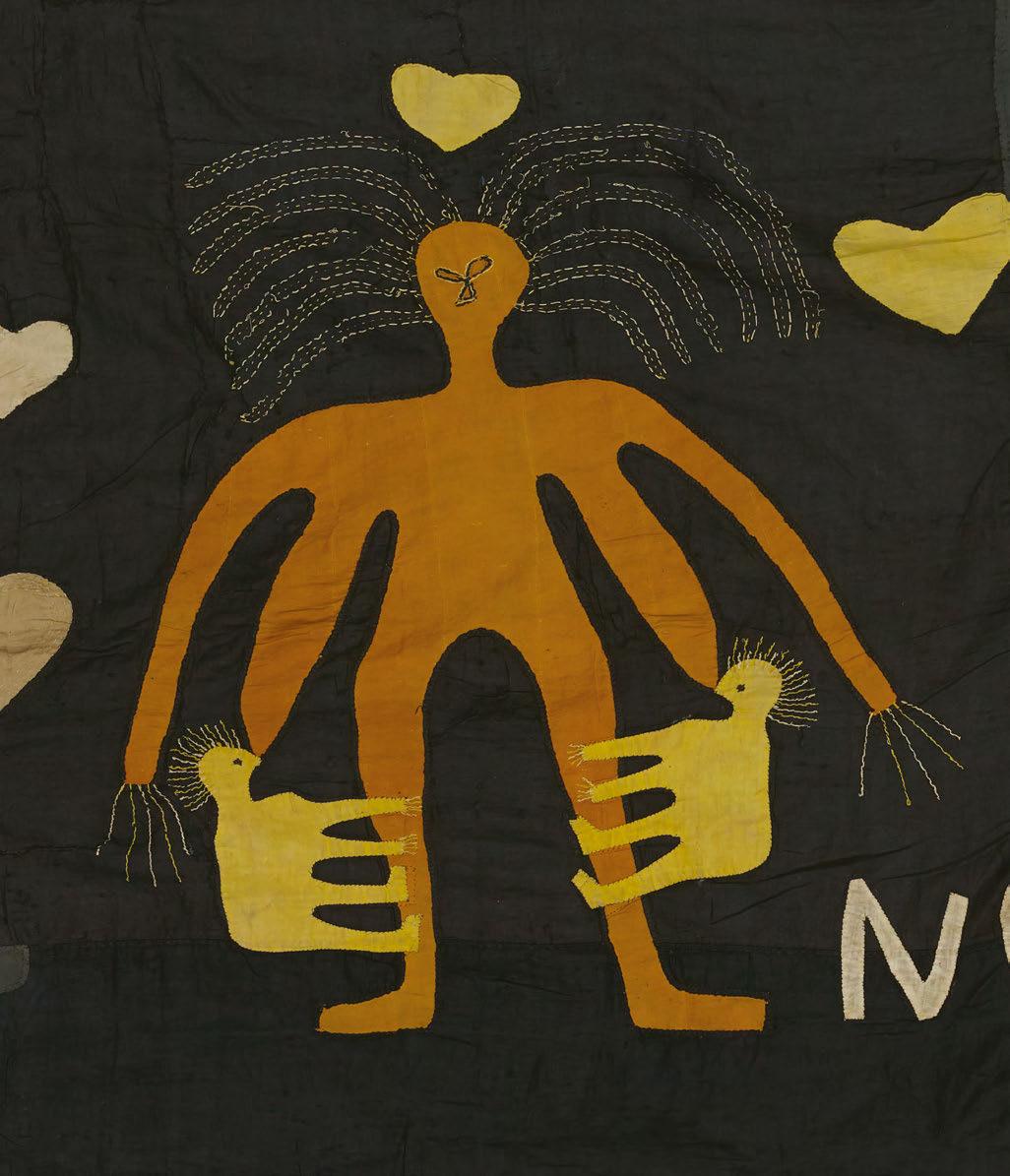
Asafo flag, Ghana, 19th century. The exact meaning of this flag's aphorism is unclear. It features a human mother suckling children that could be mistaken for quadrupeds
Toile de Jouy, France, 18th century. The rare blue ground print shows a washer woman feeding her child. These fabrics often had an element of satire and social commentary as seen here with the mischievous dog licking the dishes
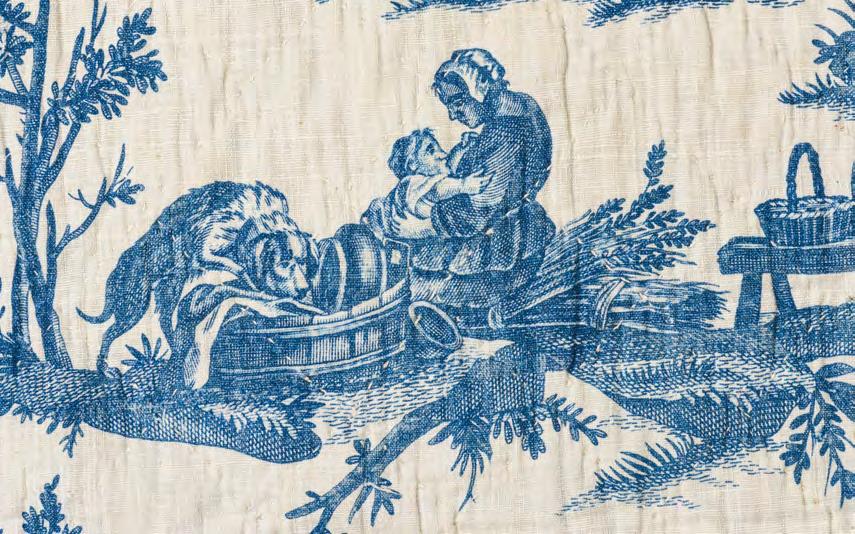
Rites of passage are marked in different ways depending on culture and historical traditions. Largely focused on birth, coming of age, marriage and death, these celebrations often feature textiles. Sometimes they simply hang in the background, forming a backdrop to proceedings. At other times, they serve as a canvas for commemoration or formal vehicles of transformation and initiation. In this way, textiles can become emblems of these critical passages in our lives.
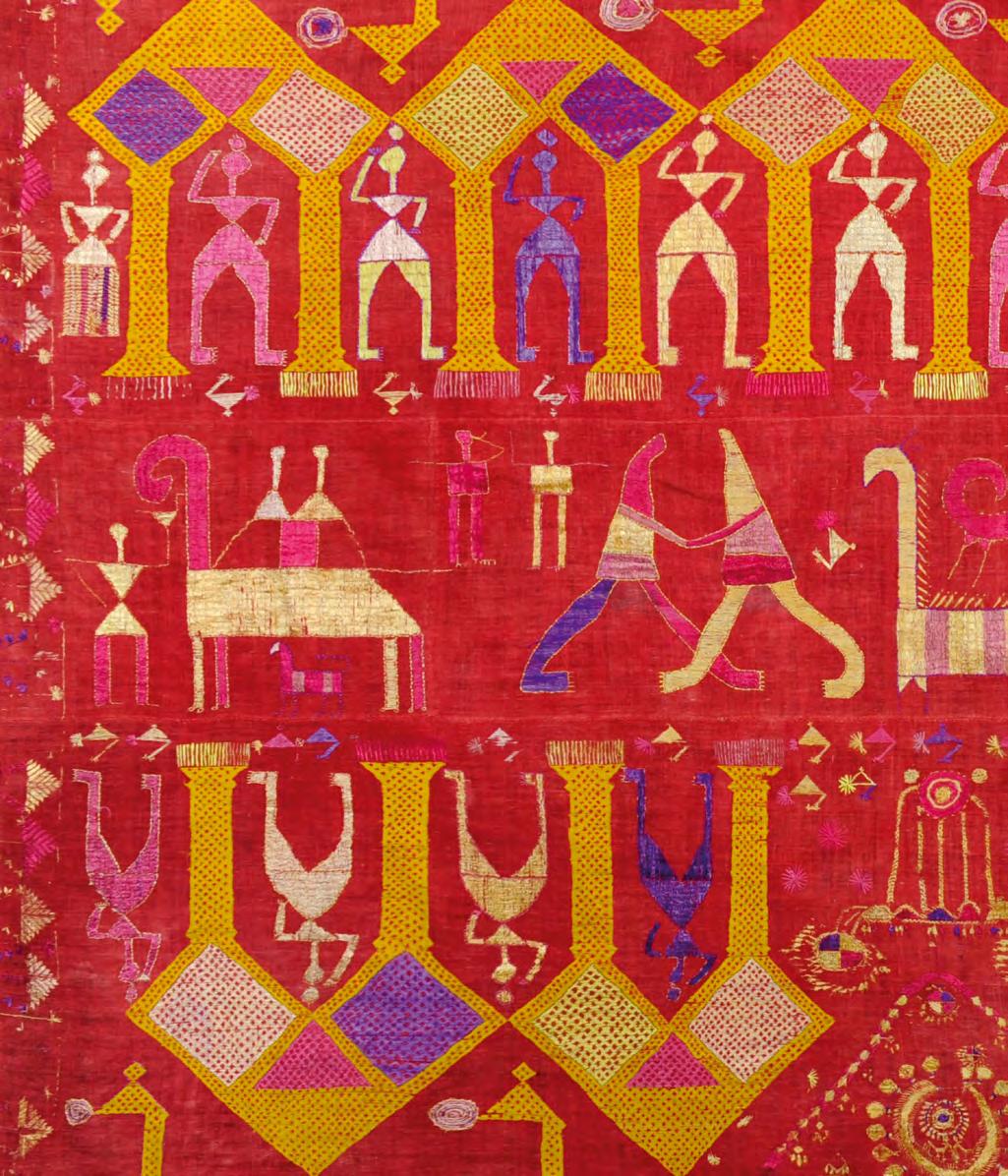
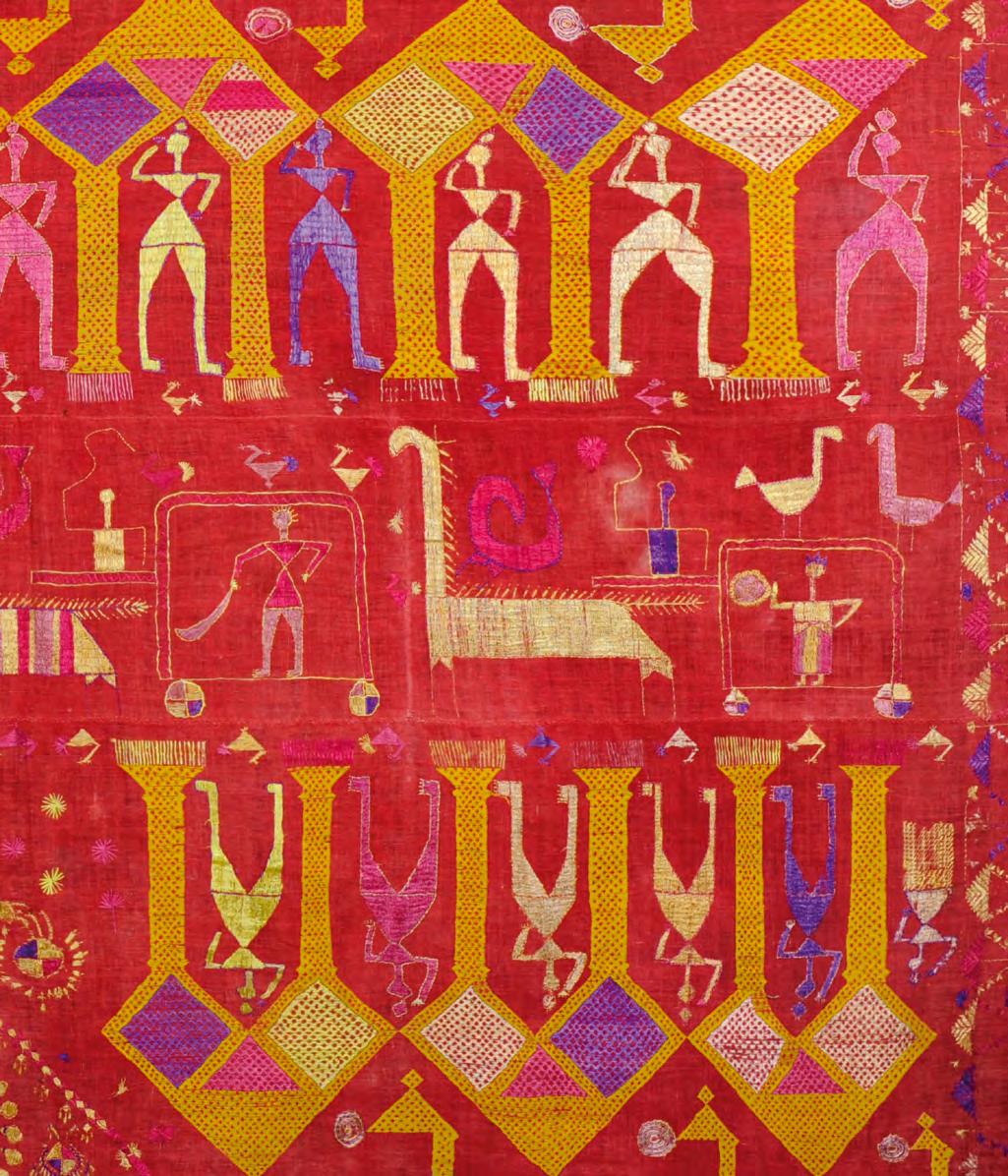
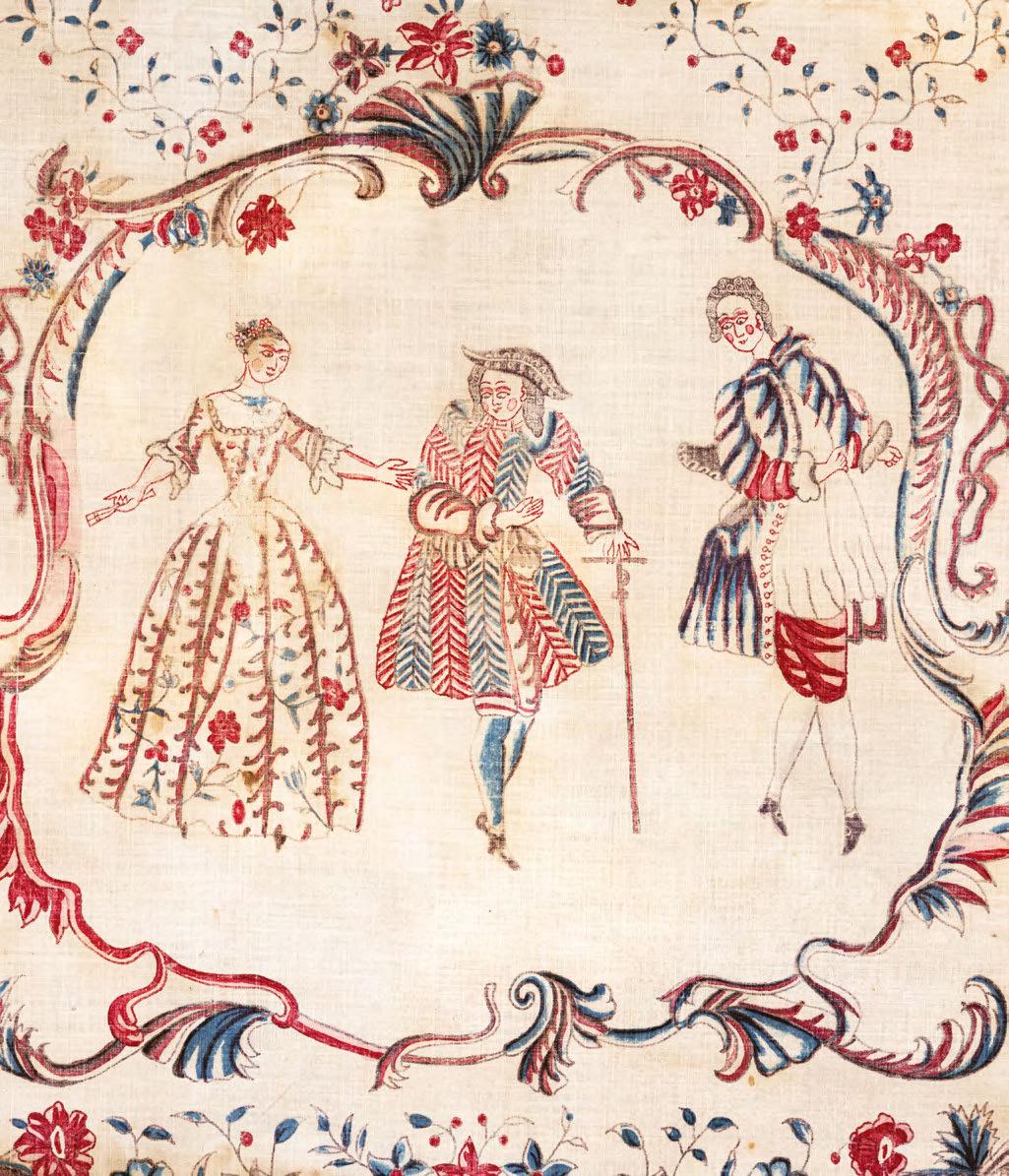
Human activity Celebrations
Chintz, Coromandel Coast, India for the Dutch market, 1750s. Intended for use as a woman's skirt, this cloth has a design of three figures wearing elaborate costumes. It is taken from a satirical French/Dutch print from the 1720s, and the scale of the figures implies their importance to the designer
“Vain trifles as they seem, clothes have, they say, more important offices than merely to keep us warm. They change our view of the world and the world's view of us.”
Orlando, Virginia Woolf (1928)
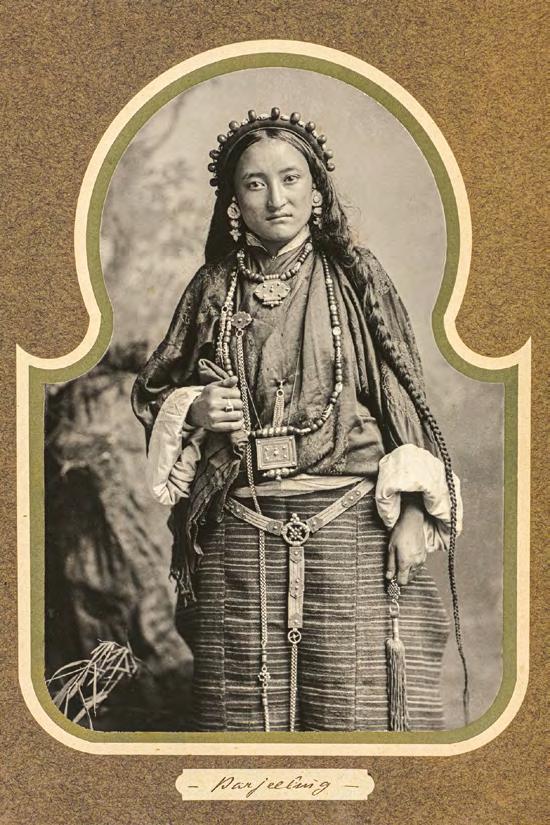
Postcard
The earliest known sewing needles date back fifty to sixty thousand years, and scholars have estimated that the first forms of clothing were worn up to 500,000 years ago. Apparel has since become a global industry, and ‘fashion’ can be seen as the consumerist by-product of this increasingly industrialised trade. Through clothing choices, wearers of textiles communicate something of themselves. It should be emphasised that, in many periods of our history, the style, cut, material and even colour of clothing was designated by strict sumptuary laws, so you were what you wore. With such prominence granted to dress and textiles it is unsurprising that cloth and dye trading constituted a large part of international commerce over millennia.
Growth and industrialisation, through developments in transportation and the introduction of mechanised sewing machines, have given rise to necessary criticism of the ethical and environmental consequences of the textile manufacturing process. The useand-discard mentality is being challenged in a number of ways. A useful comparison might be the Japanese boro textile, with its origins in the Edo period – reinforcing old, worn-out textiles with scraps of discarded cotton, linen or hemp. More economical than purchasing new clothing, this process, through the layering method, provided wearers with warm textiles where cotton was not available. Typically dyed with indigo, boros are beautiful heirlooms that pass down through generations.
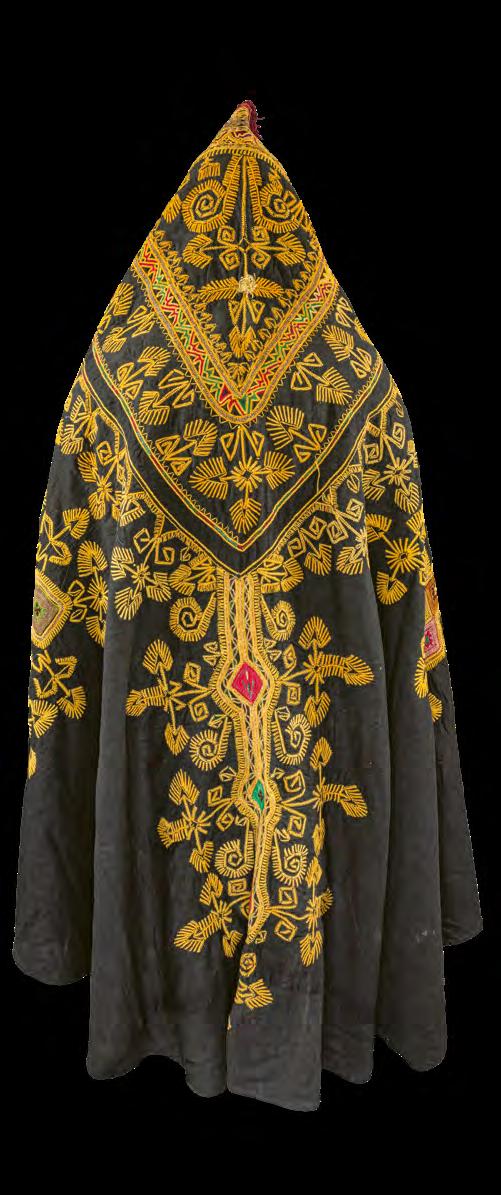

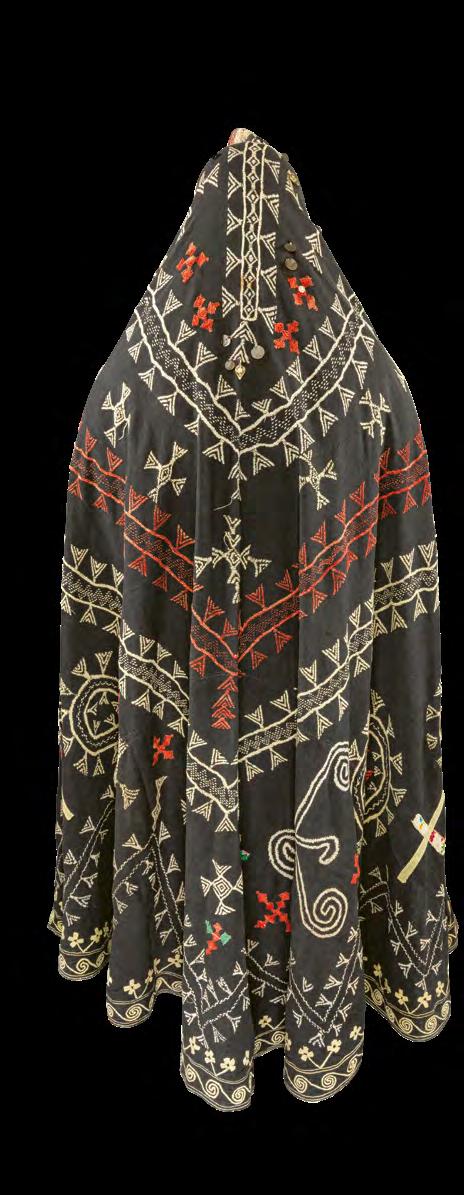

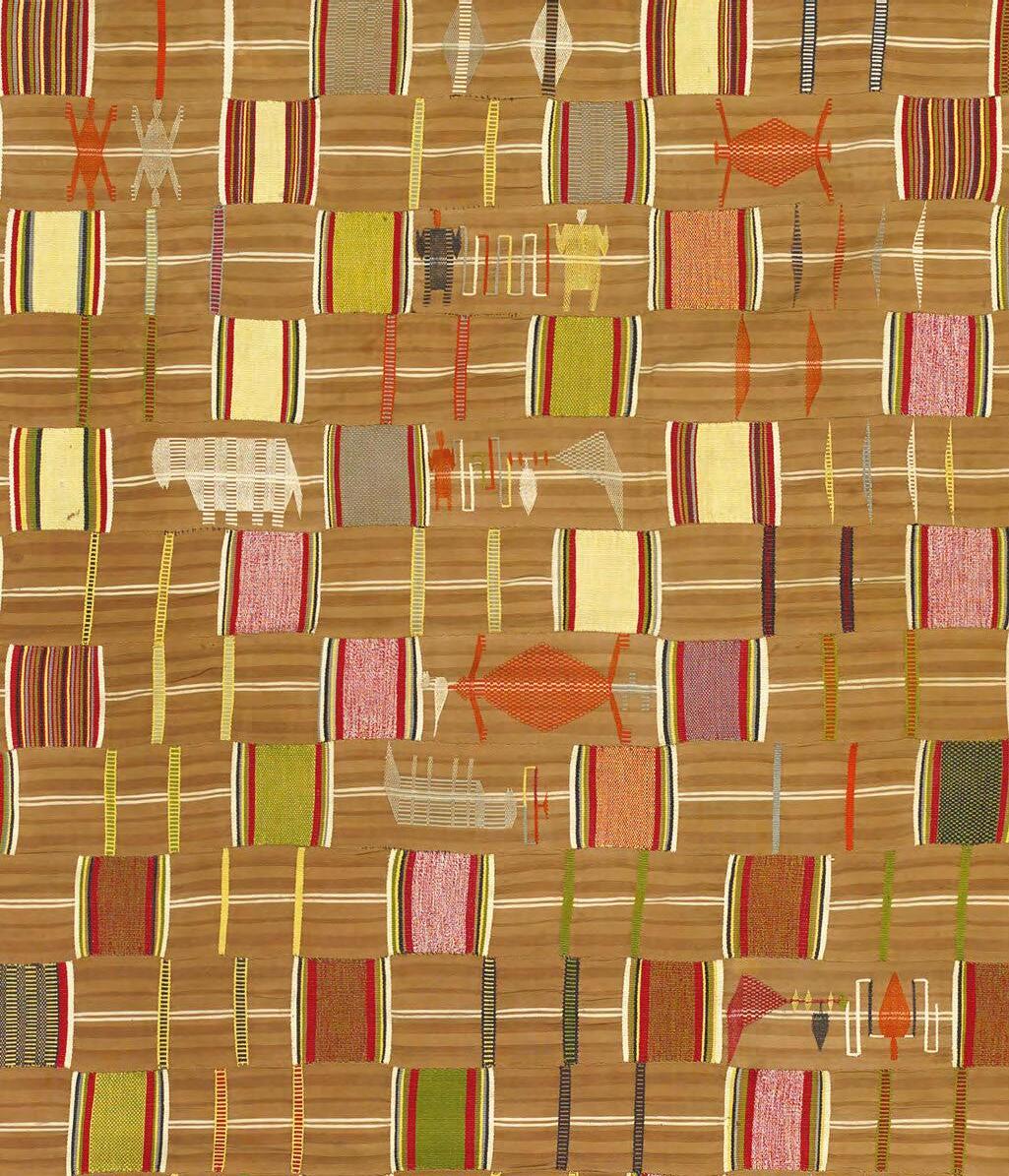
Deborah T. Sharpe (1974)
“The response to color... is emotional; thus there is no guarantee that what is produced in an intellectual manner will be pleasing to the emotions. Man responds to form with his intellect and to color with his emotions; he can be said to survive by form and to live by color.”
Form Function
Ewe kente cloth, Ghana, early 20th century. Only a few examples of such high-quality cloths as this were made. Among the animals and abstract motifs created by the weaver with supplementary wefts is a depiction of two figures stretching warp threads – textile making within a textile
Boro, Japan, 20th century. This futon cover was made by the poorest members of the agricultural communities in north Japan to provide warmth. The material is indigo-dyed cotton rags bought from itinerant dealers or gathered locally
Form Structure
Ewe kente cloth, Ghana, 19th century. Seven narrow strips with eleven different patterns were woven separately by a master weaver and then joined together to construct this large prestige cloth intended for a male wearer

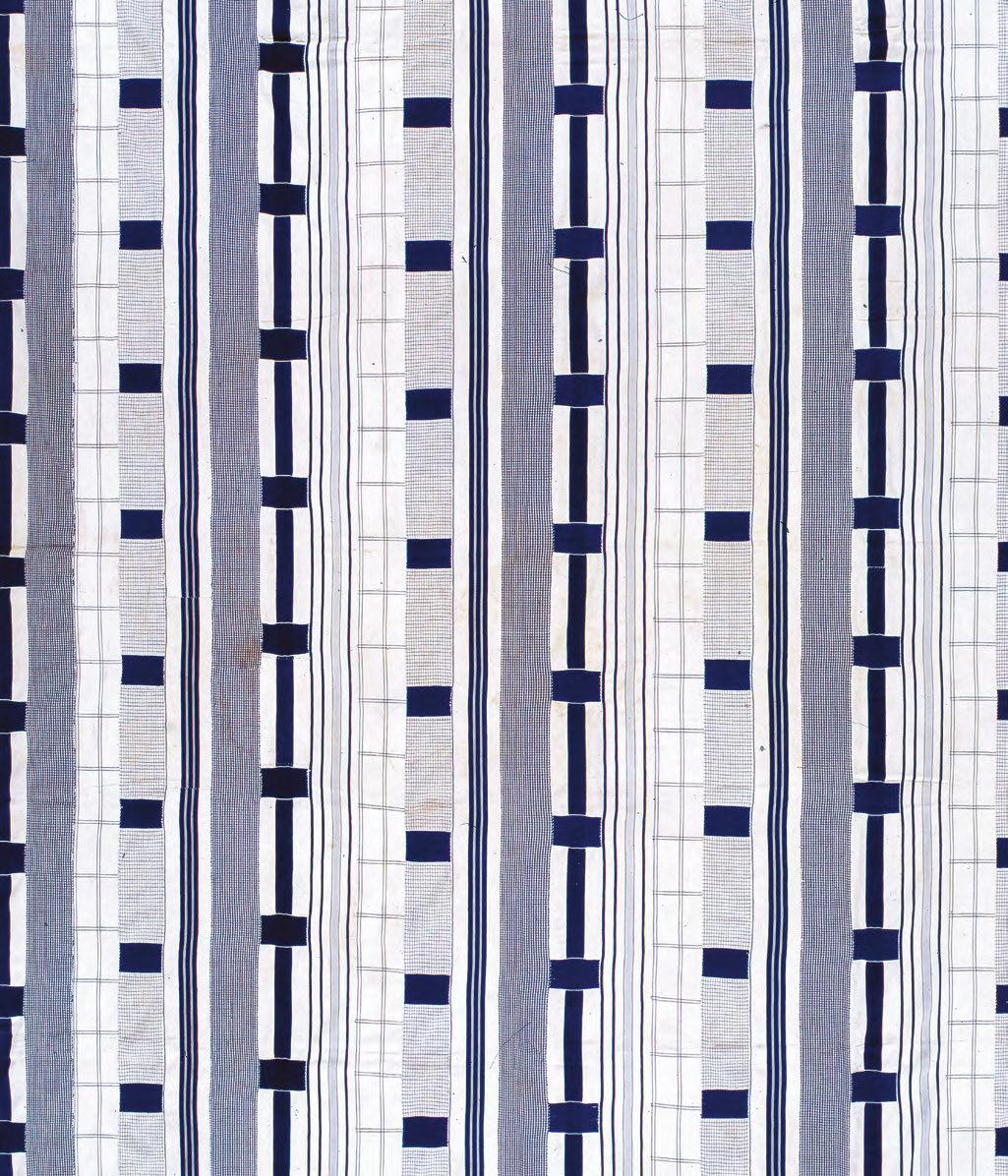


Cosmic Dance
is a unique collaboration between bestselling author and social media art curator Stephen Ellcock, and renowned textile expert Karun Thakar, owner of one of the world’s most important and varied private collections. Conceived as an inspiring vision of the world as seen through the lens of textiles, the book features a spellbinding selection of more than 200 of the most significant, extraordinary and distinctive pieces in the collection.
